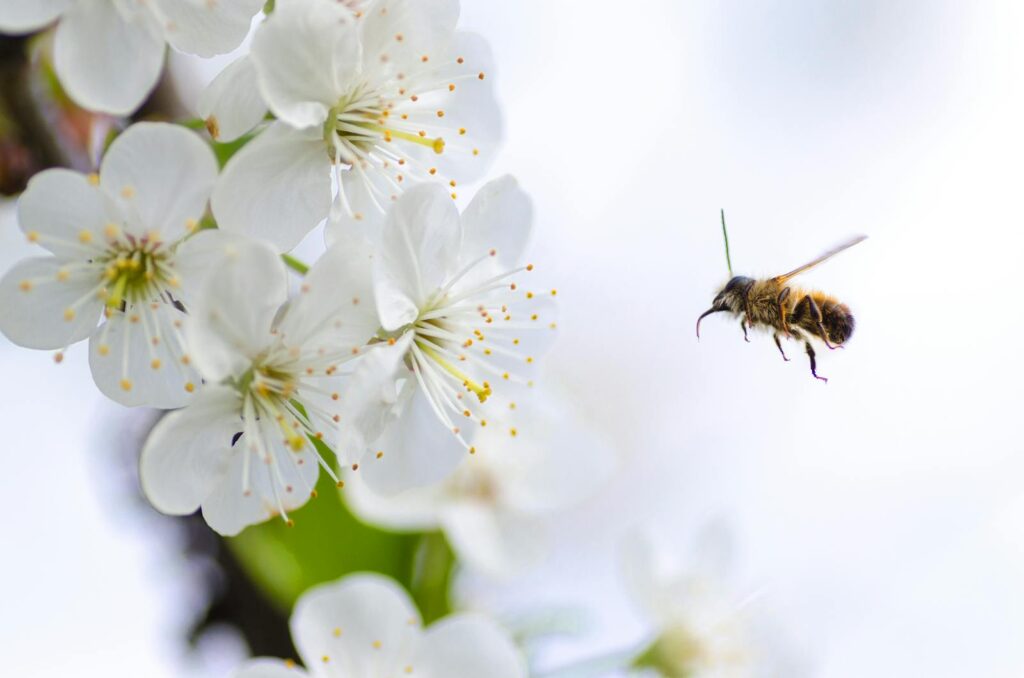In the intricate world of insects, some species have developed remarkable agricultural skills that rival human farming practices. These tiny creatures cultivate fungi in sophisticated systems that have evolved over millions of years, creating mutually beneficial relationships that ensure their survival. From leaf-cutter ants to ambrosia beetles, these insect farmers have perfected the art of fungiculture—growing and harvesting fungi for food and other essential purposes. This fascinating evolutionary adaptation demonstrates nature’s ingenuity and the complex social structures that can develop even in the smallest creatures. As we explore this miniature agricultural world, we’ll discover how these relationships formed, how they function, and why they’ve become critical to both the insects and their fungal partners.
The Ancient Origins of Insect Fungiculture

Insect fungiculture is not a recent development but rather an ancient practice that began approximately 50-65 million years ago. This agricultural revolution predates human farming by tens of millions of years, making insects the original farmers on our planet. Fossil evidence suggests that insects like termites and ants began their relationship with fungi during the early Tertiary period, possibly in response to changing environmental conditions. The relationship developed independently in different insect lineages, showing convergent evolution—where similar traits evolve separately in different species facing similar environmental challenges. This ancient partnership has been continuously refined through natural selection, resulting in highly specialized farming techniques that vary between different insect groups.
Leaf-Cutter Ants: Nature’s Supreme Agriculturalists

Leaf-cutter ants, particularly those belonging to the genera Atta and Acromyrmex, are perhaps the most sophisticated fungus farmers in the insect world. These remarkable creatures can be observed forming long trails through tropical forests as they harvest fresh vegetation, carrying leaf fragments many times their body weight back to their colonies. Unlike what many assume, the ants don’t actually eat these leaves directly; instead, they use them as growing substrate for their fungal crops—specifically a fungus in the Lepiotaceae family. Inside their vast underground chambers, worker ants chew the leaves into a pulp, add fecal droplets containing digestive enzymes, and incorporate this material into the existing fungal garden. The resulting fungus produces specialized structures called gongylidia, nutrient-rich swellings that the ants harvest as their primary food source, creating a sophisticated agricultural system that sustains colonies containing millions of individuals.
The Complex Caste System of Fungus-Farming Societies
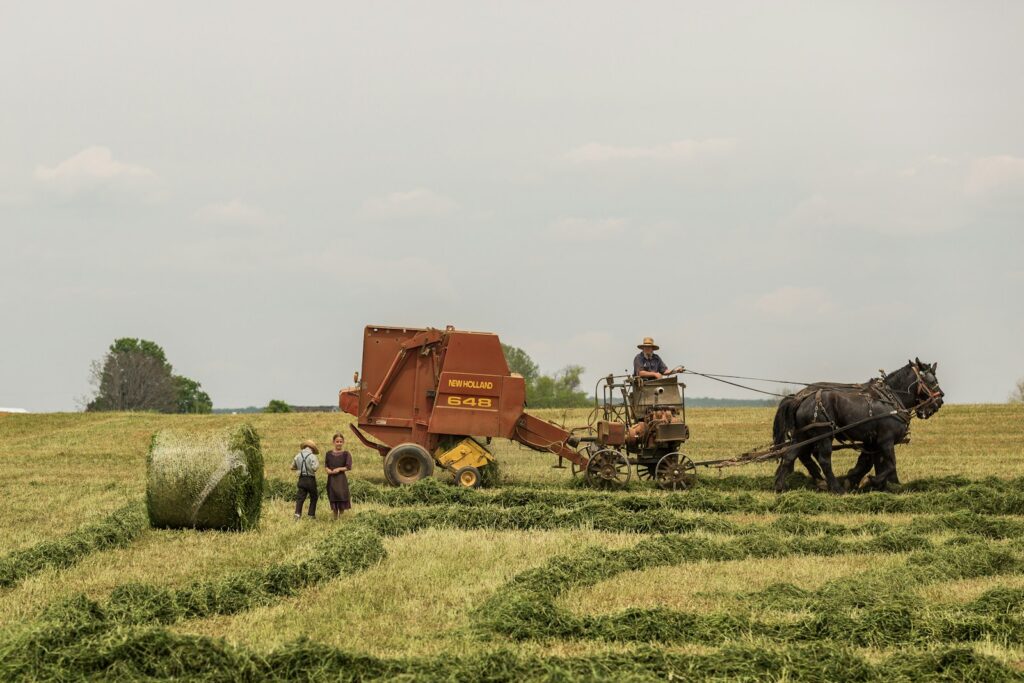
Fungus-farming insects typically live in complex societies with specialized division of labor that makes their agricultural practices possible. In leaf-cutter ant colonies, for example, different worker castes perform specific roles in the fungus-farming process. The smallest workers tend to the fungal gardens, removing contaminants and cultivating the fungus. Medium-sized workers process the leaves and maintain the nest structure. The largest workers, known as majors, defend the colony and cut larger pieces of vegetation. This intricate caste system ensures efficient fungal cultivation through specialized roles, similar to how human agricultural societies developed specialized labor. The queen’s sole purpose is reproduction, allowing the colony to continue growing and maintaining their fungal crops across generations, creating a sustainable agricultural system that can persist for decades in a single location.
Ambrosia Beetles: Drilling Farmers of the Forest
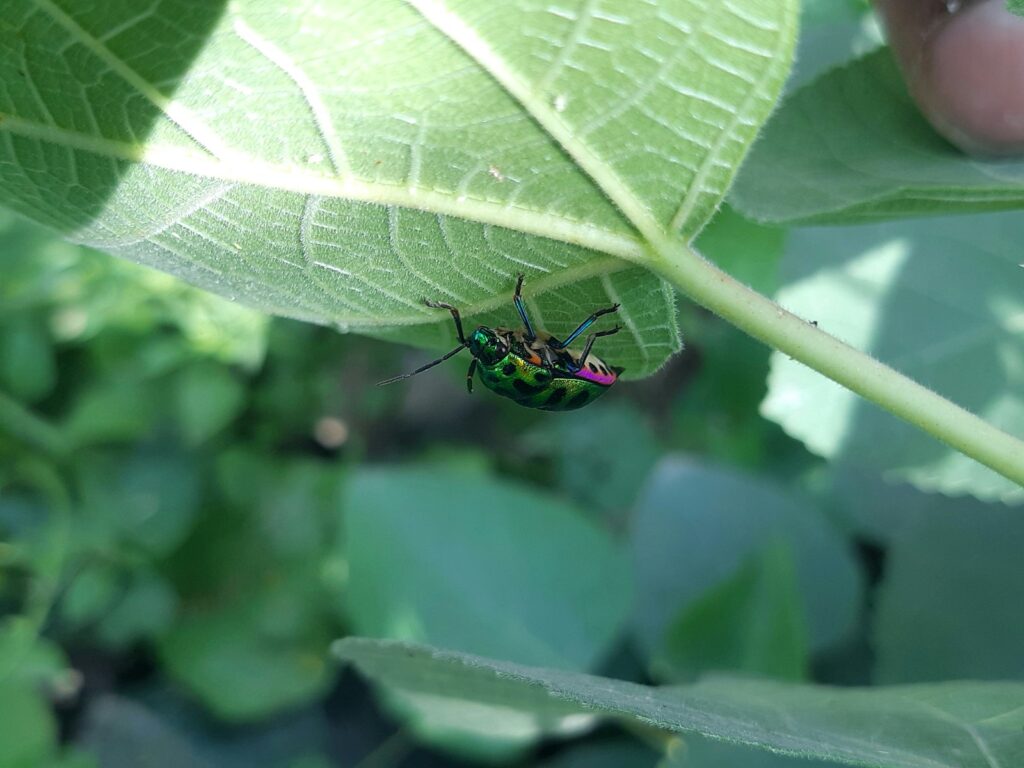
Ambrosia beetles represent another fascinating example of insect fungiculture, though their approach differs significantly from that of ants. These small beetles, belonging to the subfamilies Scolytinae and Platypodinae, bore into tree trunks and branches, creating intricate tunnel systems where they cultivate their fungal partners. Unlike leaf-cutter ants, ambrosia beetles transport fungal spores in specialized structures called mycangia—pockets or pouches on their bodies specifically evolved to carry their fungal symbionts. When a female beetle establishes a new gallery in a tree, she inoculates the tunnel walls with the fungus, which grows on the wood and serves as the primary food source for both adult beetles and their developing larvae. The relationship is so specialized that most ambrosia beetle species cannot survive without their specific fungal partners, and the fungi similarly depend on the beetles for dispersal and habitat creation.
Termites: Ancient Fungal Agriculturalists
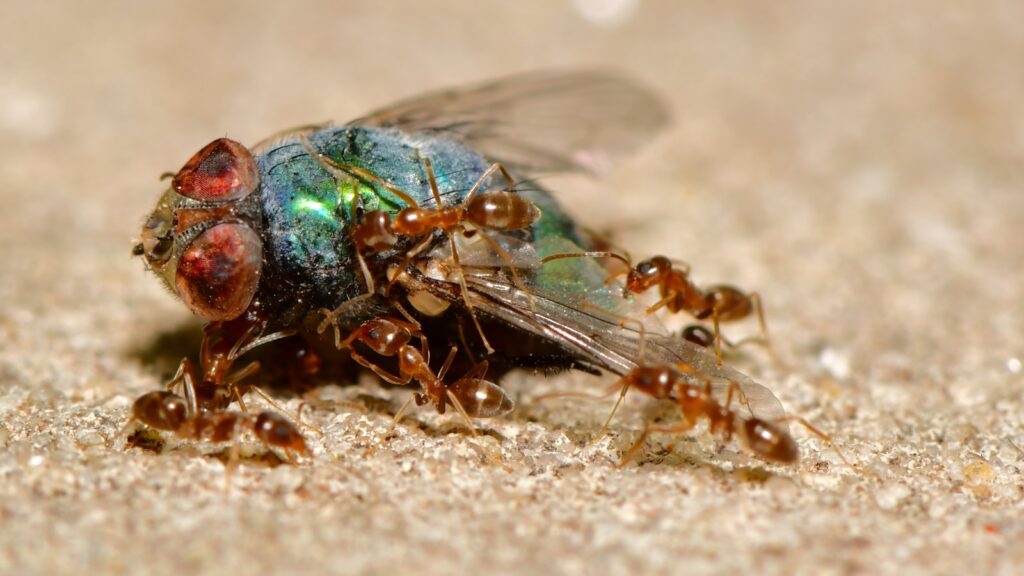
Certain termite species, particularly those belonging to the subfamily Macrotermitinae, have developed sophisticated fungiculture systems that are key to their survival. These termites cultivate a specific genus of fungi called Termitomyces within specialized structures inside their enormous mounds known as “fungus combs.” The termites feed plant material to the fungus, which breaks down cellulose and lignin—compounds that the termites cannot digest efficiently on their own. The fungus essentially acts as an external digestive system, making nutrients available that would otherwise be inaccessible to the termites. Once the fungus has partially digested the plant material, the termites consume both the processed plant matter and parts of the fungus itself, gaining maximum nutritional benefit. This remarkable symbiotic relationship has allowed these termites to become dominant decomposers in many African and Asian ecosystems, processing enormous amounts of plant material annually.
Chemical Warfare and Garden Defense
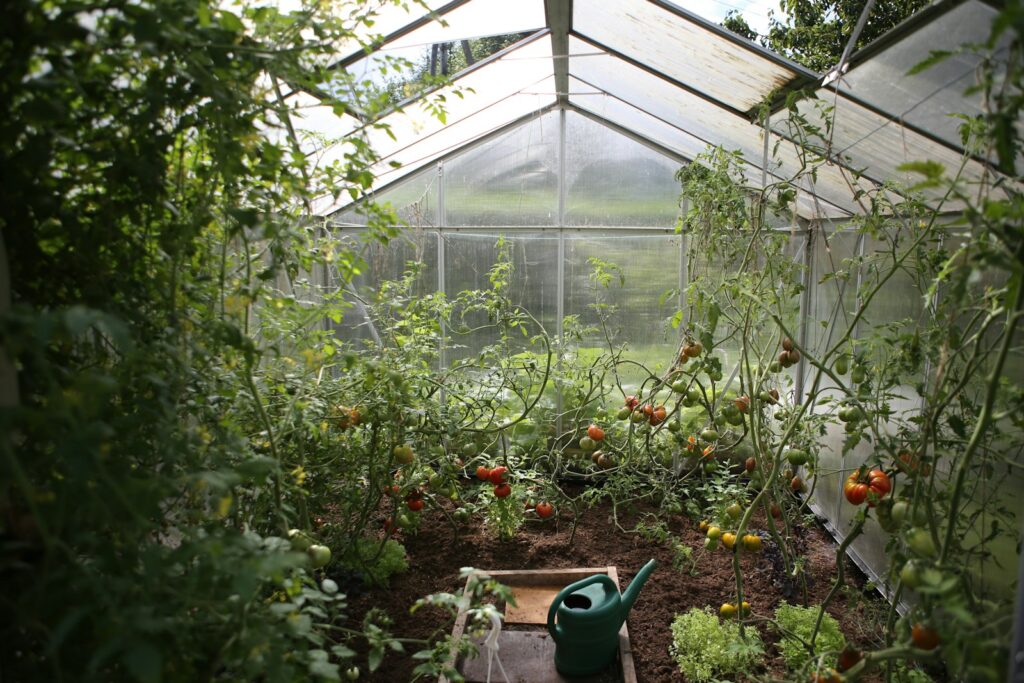
Maintaining a pure fungal monoculture presents significant challenges, as these gardens face constant threats from competitor fungi and other pathogens. Fungus-farming insects have evolved sophisticated defense mechanisms to protect their precious crops. Leaf-cutter ants, for instance, produce antimicrobial secretions from their metapleural glands that help suppress unwanted microorganisms in their fungal gardens. Additionally, many of these insects have formed symbiotic relationships with antibiotic-producing bacteria that live on their bodies or in their nests, creating a natural pesticide system. In Acromyrmex leaf-cutter ants, a white powdery coating visible on their bodies consists of colonies of Pseudonocardia bacteria that produce compounds specifically targeting Escovopsis—a specialized parasitic fungus that attacks their fungal crops. This sophisticated three-way symbiosis (ant-fungus-bacteria) highlights the complex evolutionary arms race occurring in these tiny agricultural systems.
The Fungus-Growing Beetle (Scolytinae) Strategy
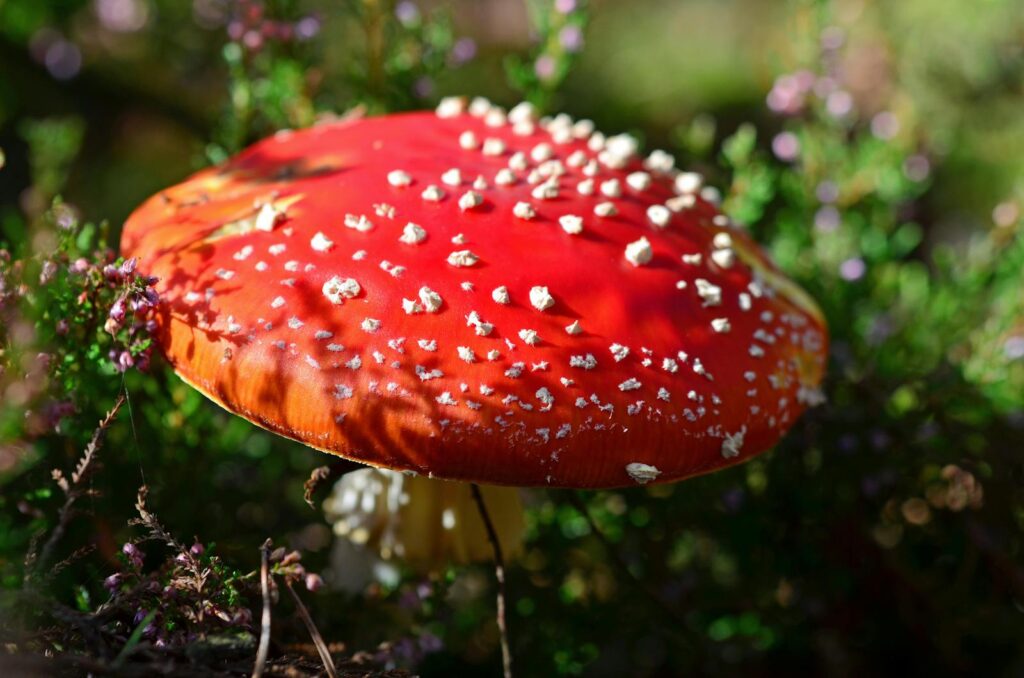
Beyond ambrosia beetles, other members of the Scolytinae subfamily exhibit remarkable fungiculture adaptations. Bark beetles, for instance, have developed associations with blue-stain fungi that help them overcome tree defenses during colonization. When these beetles attack a living tree, they inoculate the tree’s tissues with fungal spores carried in their mycangia. The fungi grow rapidly through the tree’s vascular system, blocking water transport and weakening the tree’s natural defenses against beetle infestation. This partnership allows the beetles to successfully colonize trees that would otherwise repel them through resin production and other defense mechanisms. Once established, the beetles create breeding galleries where larvae develop, feeding on a combination of tree tissues and fungal growth. This strategic alliance between beetle and fungus has made certain species, like the mountain pine beetle, particularly devastating forest pests capable of killing millions of trees during outbreak periods.
Fungus Gardens as Extended Phenotypes
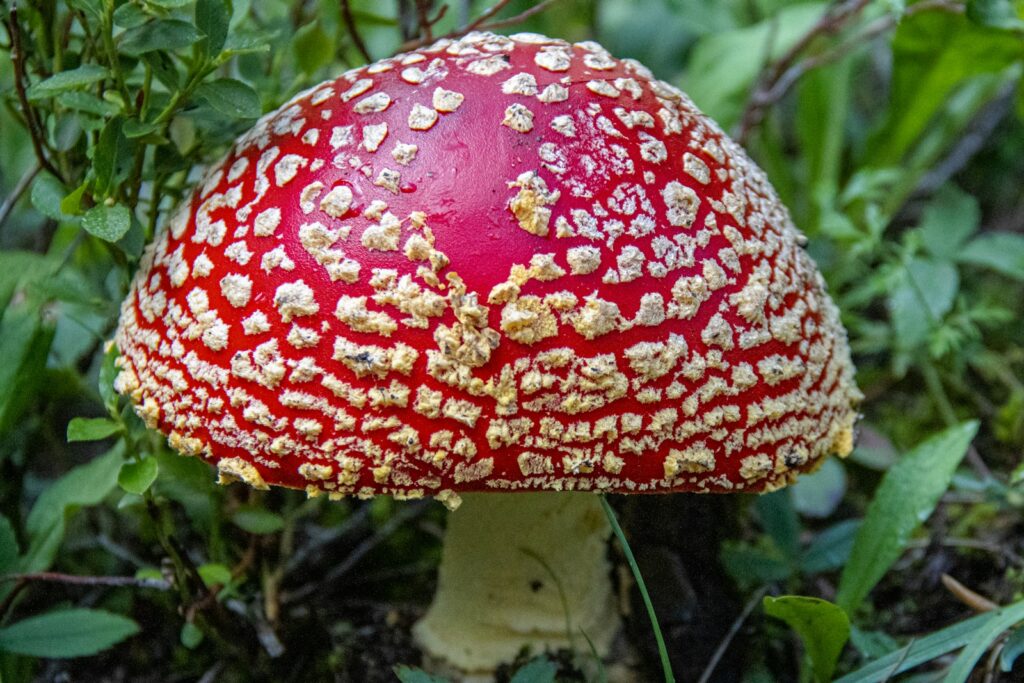
The fungus gardens cultivated by insects represent what biologists call an “extended phenotype”—a concept first developed by evolutionary biologist Richard Dawkins. These gardens are essentially extensions of the insects’ own biology, structures created by their genes but existing outside their bodies. The fungal cultivars have, in many cases, lost the ability to reproduce sexually and depend entirely on their insect partners for propagation and survival. Over millions of years of coevolution, the fungi have developed specialized structures specifically to feed their insect cultivators, while the insects have evolved behaviors and physical adaptations specifically for fungal cultivation. This intimate relationship has led to significant genetic changes in both partners, with some fungal species now existing only in insect farms, having diverged from their free-living ancestors. The insect-fungus relationship demonstrates how evolutionary processes can blur the boundaries between different organisms, creating interdependent systems that function almost as single entities.
Vertical Transmission: Passing Down the Farm

The continuation of fungal agriculture across generations requires reliable transmission of the fungal partner from established colonies to new ones. Many fungus-farming insects have evolved systems of vertical transmission, where the founding insects physically carry fungal starter cultures when establishing new colonies. In attine ants, for example, virgin queens store fragments of the fungal garden in specialized pockets in their mouths before their nuptial flights. After mating and finding a suitable location for a new colony, the queen regurgitates this fungal sample and begins cultivating it, ensuring the new colony starts with the same fungal strain as the mother colony. This vertical transmission creates long-term evolutionary partnerships between specific insect lineages and their fungal cultivars. In some cases, this relationship has become so specialized that particular insect species can only cultivate specific fungal strains, having lost the ability to switch to alternative fungi due to highly specialized farming techniques and digestive adaptations.
Ecological Impact of Insect Fungiculture
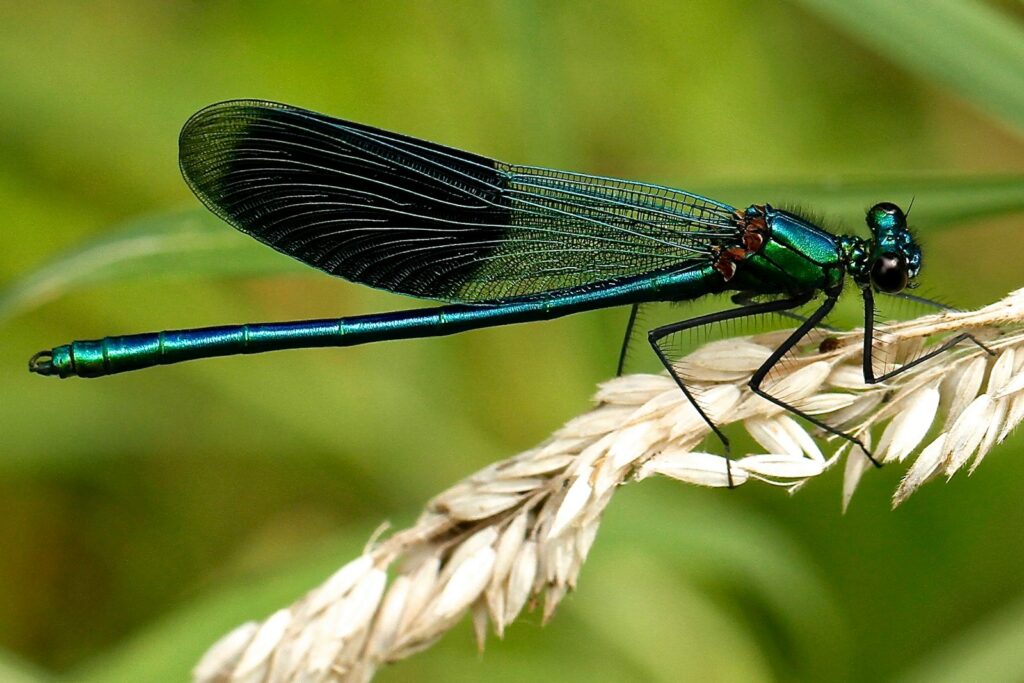
The agricultural activities of fungus-farming insects have profound effects on their ecosystems, influencing everything from nutrient cycling to forest composition. Leaf-cutter ants, for instance, harvest an estimated 15-20% of the total leaf production in some tropical forests, making them major herbivores in these ecosystems despite not actually consuming the leaves directly. Their farming activities accelerate decomposition processes and enrich soils around their nests, creating nutrient hotspots that affect plant community composition. Termite fungiculture similarly affects ecosystem function, with fungus-growing termite mounds creating biodiversity hotspots in African savannas. The enhanced decomposition rates around these mounds improve soil fertility, supporting distinct plant communities that in turn attract diverse animal species. When fungus-farming bark beetles reach outbreak levels, they can dramatically alter forest composition by selectively killing certain tree species, potentially changing forest succession patterns for decades.
The Evolutionary Arms Race with Pathogens
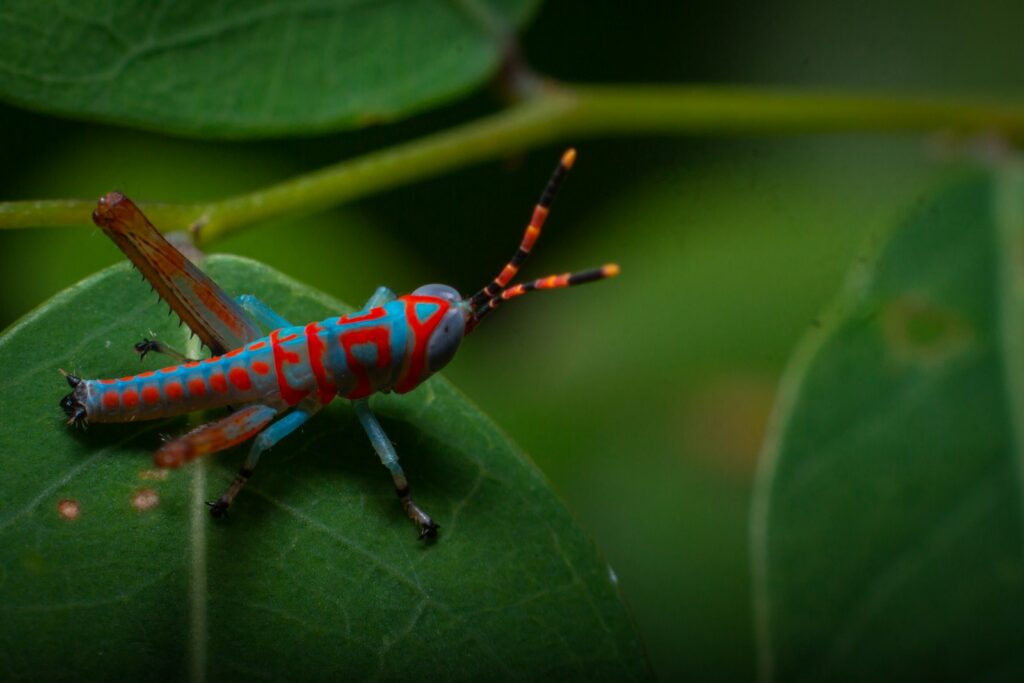
Like human agriculture, insect fungiculture faces persistent threats from pathogens and parasites that have evolved specifically to exploit these rich, concentrated food sources. The most well-studied example is Escovopsis, a genus of parasitic fungi that specifically targets the fungal gardens of attine ants. This specialized parasite can rapidly overwhelm ant gardens, consuming the cultivated fungus and potentially causing colony collapse. In response, the ants have evolved multiple defensive strategies, including the aforementioned bacterial symbionts that produce targeted antibiotics. This evolutionary arms race has been ongoing for millions of years, with pathogens developing new ways to attack and the farming insects evolving new defenses. Some fungus-farming insects physically remove infected portions of their gardens, essentially performing “surgery” to prevent the spread of pathogens. Others adjust the microclimates within their nests, using ventilation systems to create conditions favorable for their crops but unfavorable for common pathogens.
Parallels to Human Agriculture

The agricultural systems developed by fungus-farming insects share remarkable parallels with human agriculture, despite evolving independently and operating at vastly different scales. Both involve the cultivation of specific organisms in controlled environments, the management of pests and diseases, and the vertical transmission of agricultural knowledge (genetic in insects, cultural in humans). Insect farmers, like humans, practice monoculture—the cultivation of a single crop species in a dedicated area—and face similar challenges with crop diseases and sustainable resource management. Both systems have dramatically increased the carrying capacity for their respective species, allowing for larger populations and more complex social structures than would otherwise be possible. These parallels suggest that certain agricultural principles may represent optimal solutions that emerge whenever evolution produces farming behaviors, regardless of whether the farmers have six legs or two.
Future Research and Applications

The study of insect fungiculture continues to yield insights with potential applications in human agriculture, medicine, and biotechnology. Researchers are investigating the antibiotic compounds produced by bacteria in these farming systems, searching for novel antimicrobials that might help combat antibiotic-resistant infections in humans. The enzymatic capabilities of the cultivated fungi, which can break down complex plant materials, hold promise for biofuel production and other industrial applications requiring the degradation of cellulose and lignin. Scientists are also studying how these agricultural systems maintain stability over millions of years, hoping to apply these principles to make human agriculture more sustainable. Furthermore, understanding the communication systems between insects and their fungal partners—mediated through complex chemical signals—may provide insights into managing microbial communities in human contexts, from agriculture to the human microbiome.
Conclusion

Insect fungiculture represents one of nature’s most sophisticated examples of interspecies cooperation, demonstrating how evolution can produce complex agricultural systems without conscious design. These tiny farmers, through millions of years of natural selection, have developed sustainable agricultural practices that allow them to thrive in diverse environments by harnessing the metabolic capabilities of their fungal partners. The parallels to human agriculture are striking, suggesting that certain agricultural principles may be fundamental regardless of who’s doing the farming. As we face growing challenges in human agricultural systems, from antibiotic resistance to sustainability concerns, these ancient insect farmers may offer valuable lessons. Their time-tested approaches to crop management, pest control, and sustainable resource use could inspire innovations in human agriculture, demonstrating once again how much we can learn from the sophisticated societies of some of Earth’s smallest inhabitants.

